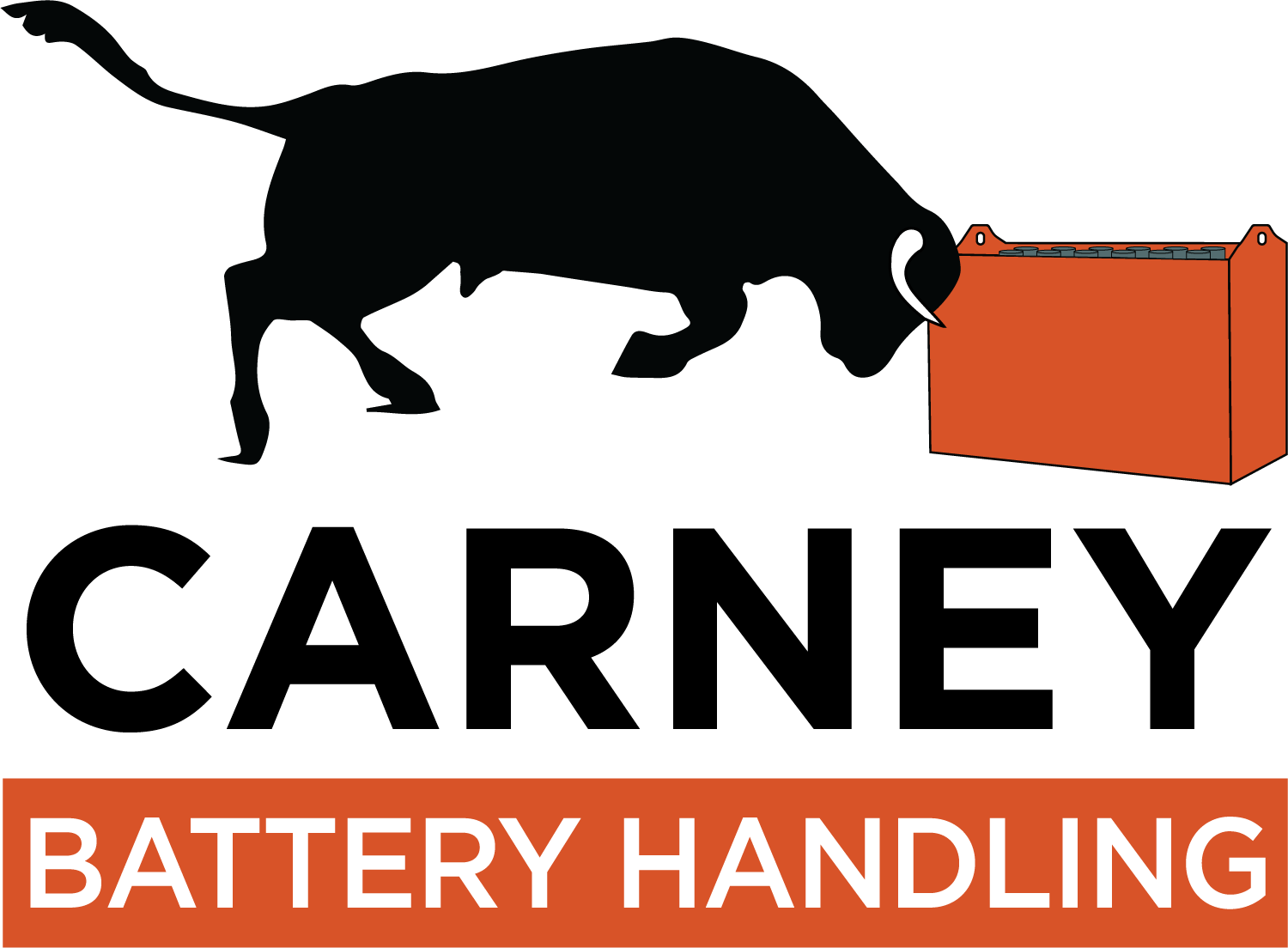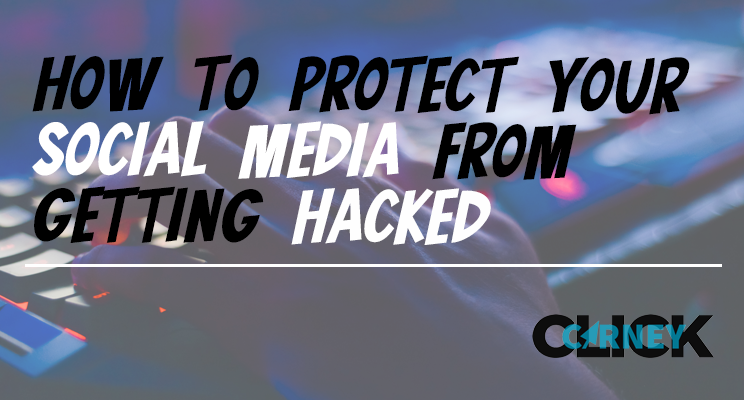We’ve all been there. We forgot that password so it’s easier to just use the same one across your various accounts. With your business social media accounts, you might have different users posting content, so it’s easier to keep the passwords the same and not change them as frequently. Two-factor authentication (more commonly known as 2FA) seems like more work because now we need to link it to our phone or a back-up account.
Sure, in the short term it’s easier to skip that extra step, but when your account gets hacked, you’ll be kicking yourself for not doing more.
Data breaches have become increasingly more common. Here are some statistics that will make you think twice, from the aptly named article “Hacking statistics to give you nightmares” (Cvetićanin, 2019).
- More than 1.76 billion corporate records leaked in January 2019 alone
- Ransomware attacks happen every 14 seconds
- 43% of cyber attacks are targeted at small businesses
- The average cost of a corporate data breach in 2020 will exceed $150 million
- 65% of large companies have more than 500 employees who have never changed their passwords
- $3.25 billion: global revenue generated each year by cyber crimes on social media platforms
It’s startling to see these numbers, so let me help. Here’s how to keep your Facebook, Twitter, Instagram, and all the rest safe.
- Use different passwords. An obvious first step, but let’s consider why. If hackers breach the database of one platform, they can write scripts to try that same password with your other accounts. This gives them an increased chance of gaining access to your Google account, social media, and more.
- Use a password manager. If you don’t want to go through the trouble of memorizing different passwords, this is your solution. I would recommend the app aWallet (this is not an ad. I personally use it, it’s free or you can upgrade, and the organizer in me likes that it categorizes your passwords). Other popular apps to also consider are LastPass or 1Password.
- Enable 2FA! Two-factor or multi-factor authentication offers an extra layer of security by requiring another piece of information for verification. This could be a pin number, a link to your SMS or email for verification, or the biometric pattern of your fingerprint.
- Verify your friend requests and block fake accounts. With a public social media account, your likely being followed by a few bots. Some of the ‘bad bots’ can harvest financial data and personal information. Bad bot traffic even reached an astounding 25.6% of all website traffic in 2021. Block suspected bots immediately – ones with no posts or few followers. The extra follower stats on your account are not worth it.
- Learn to detect social phishing attacks. The latest phishing attacks actual target your social media accounts instead of your emails. Through social engineering, the phishing attack will send you an alert to verify your account, redirecting you to enter your password and that’s all it takes.
Digital data and digital media continue to rise as we rely on technology more than ever before. Take the necessary steps to protect your social media now.

